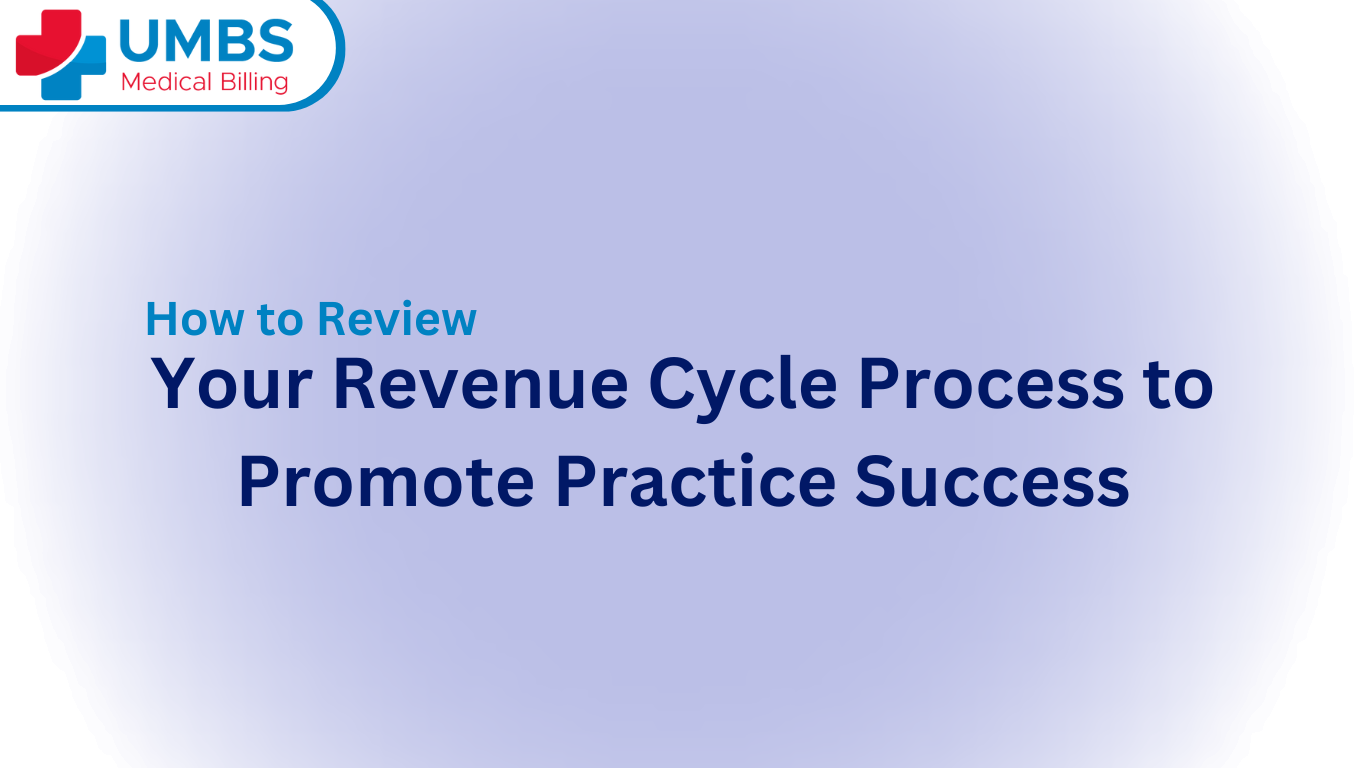In today’s data-driven healthcare landscape, the strategic use of analytics has emerged as a pivotal tool for optimizing revenue cycle management (RCM). Analytics empower healthcare organizations to extract actionable insights from vast volumes of financial and operational data, enabling them to make informed decisions, enhance efficiency, and maximize revenue.
In this comprehensive guide, we will explore the multifaceted role of analytics in RCM, delving into the key strategies and applications that healthcare providers use to harness the power of data for financial optimization.
Delving into the Impact of Analytics on RCM
Analytics in RCM goes beyond simple data reporting. It involves the systematic analysis of financial, clinical, and operational data to:
- Uncover patterns in claim denials, payment delays, or billing errors that may not be apparent through manual processes.
- Streamline RCM workflows by identifying bottlenecks, inefficiencies, and areas for automation.
- Identify missed revenue opportunities, such as undercoding or underbilling, and devise strategies to capture them.
- Predict and address common causes of claim denials before they occur, reducing the financial impact.
- Monitor adherence to billing and coding regulations, minimizing the risk of non-compliance and associated penalties.
Key Strategies and Applications of Analytics in RCM
Claims Denial Management
Employ advanced machine learning models and historical claims data to predict with high accuracy which claims are likely to be denied. This proactive approach allows RCM teams to focus their efforts on preventing these denials.
Beyond identifying denials, conduct root cause analysis to uncover the underlying reasons for denials. Analytics can help pinpoint whether denials are due to coding errors, documentation gaps, payer-specific policies, or other factors, enabling targeted interventions.
Coding Optimization
Regularly perform coding audits using analytics to not only identify areas where coding can be optimized but also measure coder performance. This data-driven approach ensures coding accuracy and completeness.
Implement automated coding validation tools that utilize natural language processing (NLP) and machine learning algorithms to review clinical documentation and suggest more accurate codes. These tools can help coders avoid errors and ensure precise code assignment.
Revenue Cycle Workflow Enhancement
Utilize process mining and workflow analytics to gain insights into the entire revenue cycle. Identify bottlenecks and inefficiencies, automate routine tasks, and optimize the end-to-end process.
Optimize appointment scheduling by analyzing historical data and patient preferences. Predictive analytics can help reduce patient no-shows by scheduling appointments at times when patients are most likely to attend.
Payer Performance Analysis
Create comprehensive payer scorecards that provide a holistic view of payer performance. Analyze data on claim acceptance rates, payment timeliness, and reimbursement accuracy. These insights are invaluable when negotiating contracts with payers.
Use data-driven insights to strengthen negotiations with payers. Present evidence-backed arguments regarding payer performance to secure more favorable terms and reimbursement rates.
Patient Financial Experience
Develop predictive models that assess a patient’s likelihood of prompt payment. Segment patients based on their payment behavior and tailor communication and billing strategies accordingly.
Analyze patient financial data to create personalized payment plans. These plans should consider individual financial capabilities, ensuring that patients can meet their financial obligations without undue stress.
Regulatory Compliance
Implement analytics-driven auditing and monitoring systems that continuously evaluate compliance with healthcare regulations. Monitor adherence to critical regulations like HIPAA and ensure that billing codes align with the latest regulatory changes.
Predictive Analytics for Cash Flow
Utilize advanced predictive analytics models to forecast future revenue with a high degree of accuracy. These forecasts should consider historical data, expected patient volumes, and trends in payer behavior.
Develop strategies for cash flow optimization based on revenue forecasts. Prepare for periods of high and low revenue to ensure the organization’s financial stability.
Conclusion
Analytics in RCM is a dynamic and evolving field that empowers healthcare organizations to adapt to changing reimbursement models, regulations, and patient expectations. By leveraging the full potential of data analytics, healthcare providers can enhance financial performance, reduce operational costs, and ultimately deliver more efficient and patient-centered care.






